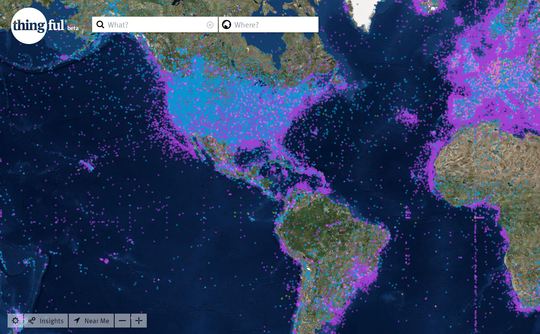Internet of Things (IoT) for Search Engines: A New Frontier with Thingful
Online activity is taking a new approach, especially regarding the Internet of Things (IoT) for search engines and devices. New technologies are on the rise, and since the start of search engines, the web has continuously evolved. For independent and secure connection of “things” globally, we are more concerned with a similar approach of “googling” related keyword(s) to find useful content, especially in the field of open-source intelligence (OSINT).
This key feature is presently transformed into new searches as devices and is expected to link with the internet as part of optimizations for IoT. As more and more common devices and appliances establish their wifi connections more information will be introduced to the internet but we will also witness an explosion of cyber capabilities to combat risk. In the near future, we will be buying Cyber Protection Plans with our refrigerators the same way we now buy antivirus software for our laptops.










